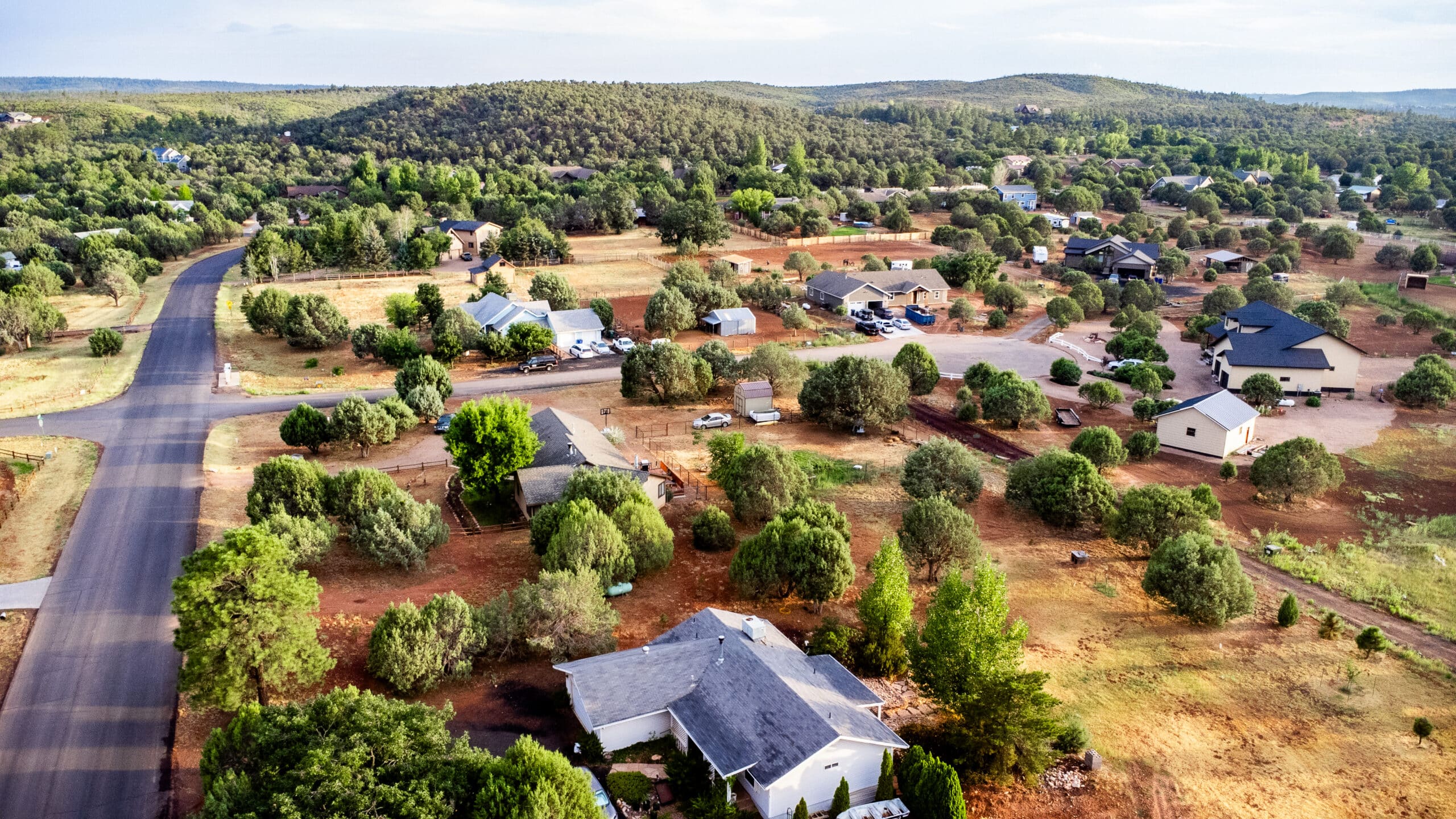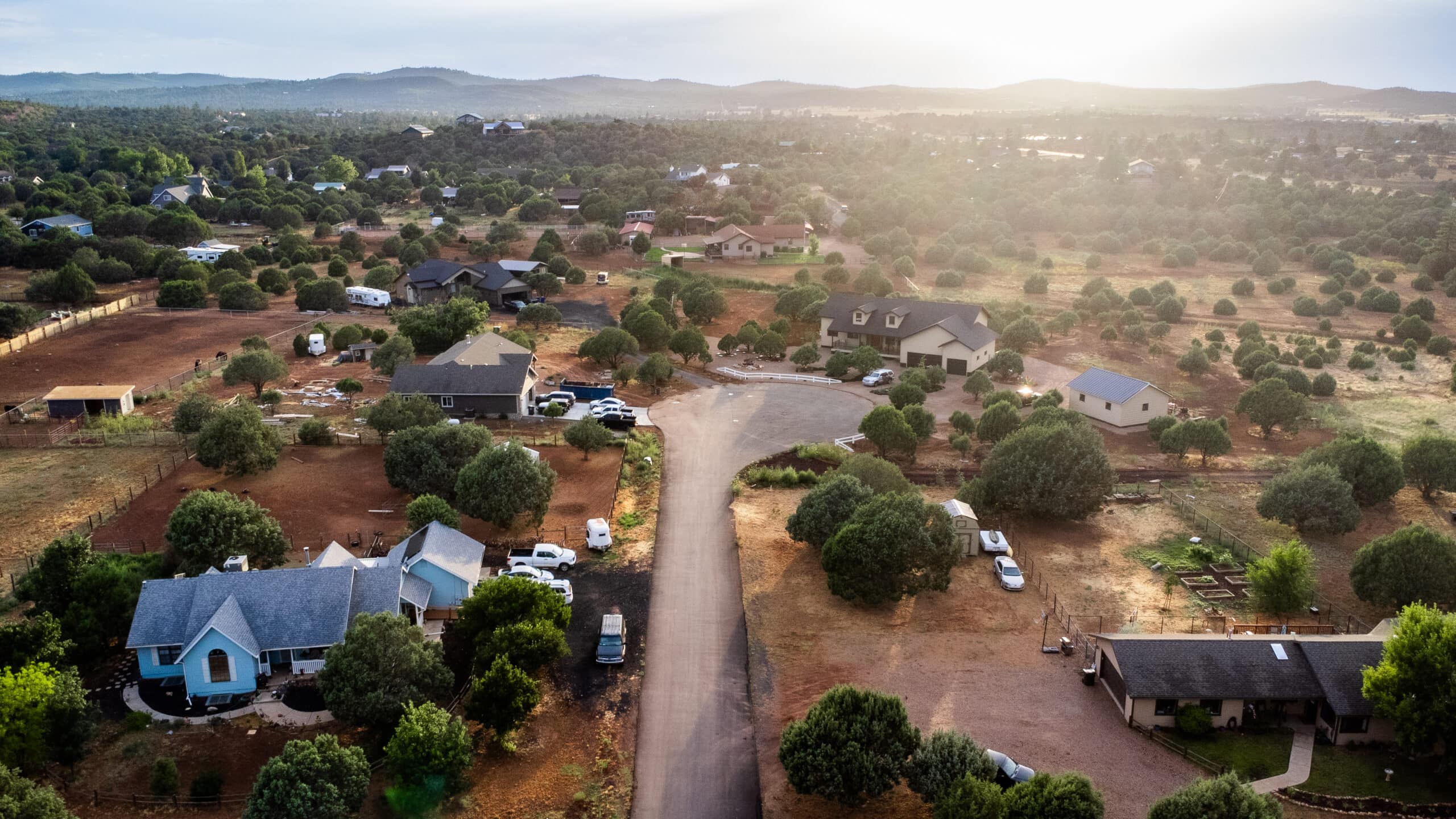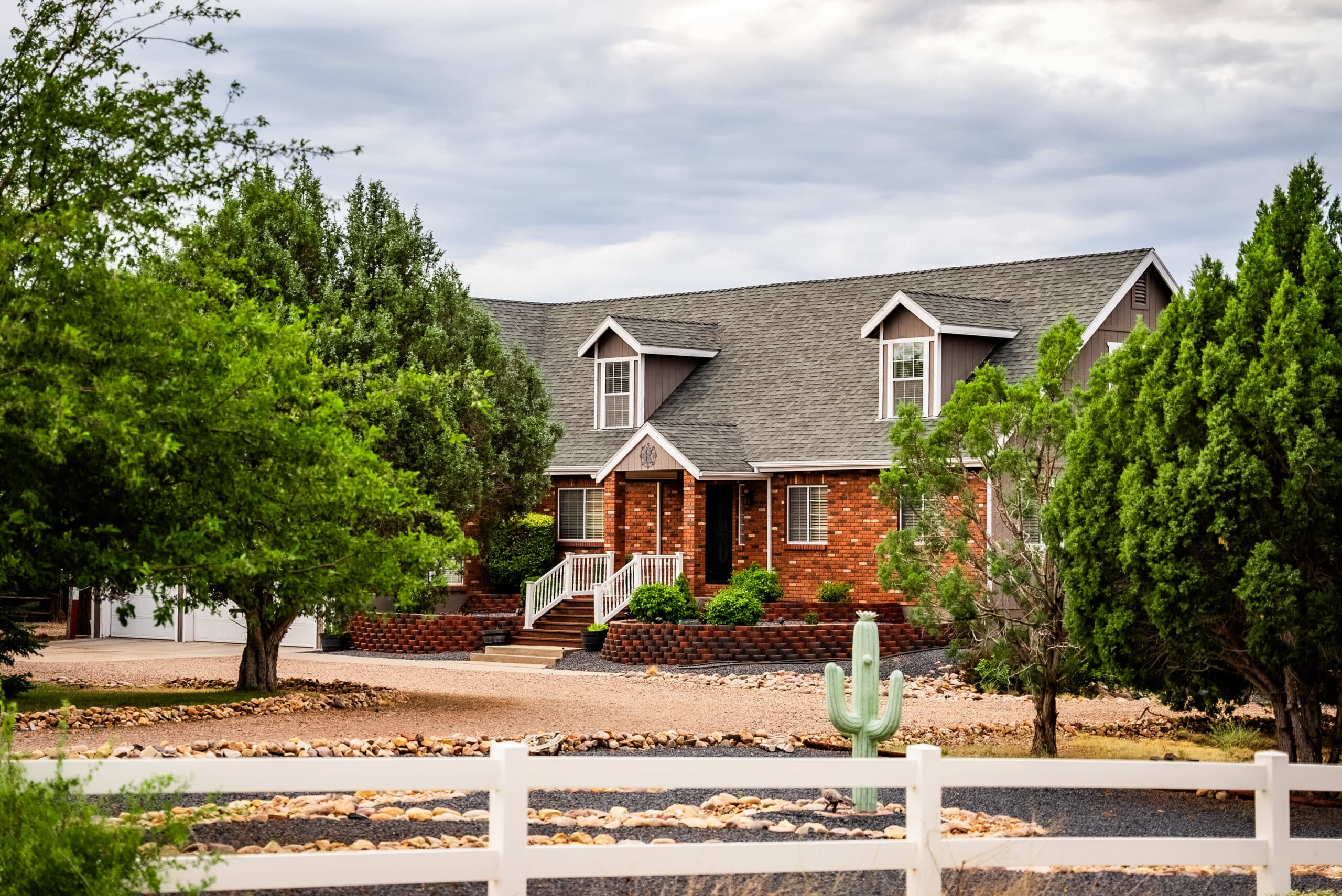Cheney Ranch Home Owners Association
An Outstanding Community Located in Arizona’s White Mountains
Welcome to
Cheney Ranch Home Owners Association
New information you may find useful is an area for Linden Fire Burn Permits, US Forest Service information and a copy of our CCR’s. Also available are forms for new construction and remodels along with contact information for the Architectural Committee members.
Please keep in mind that your Board of Directors are volunteers. We have an outstanding community located in Arizona’s White Mountains. Pride of Ownership is evident on the majority of our properties. We are committed to working with each property owner to help everyone maintain the unique quality of life that we enjoy. We value each
Welcome to
The Architectural Section
In this section you will find a listing of current committee members, and forms to apply for new construction or remodeling, additions, and fencing construction. If you are planning any type of construction, fence project, or renovation, you may print the needed form, fill it out, and email it to cheneyranchhoa@gmail.com. You may also send a copy of your completed form to 650 N Penrod Rd #225, Show Low, AZ 85901.
Board Members are:
Richard Kauffman
President
Justin Schubel
Vice President
Scotti Rodriguez
Secretary
Jody Rammell
Sesan Comerford
Brandon Slone
John Mullen
The Architectural Committee:
Richard Kaufman
Jody Rammell
Sean Comerford
Welcome to
The Links Section
In this section you are provided with a copy of the burn permit for this area. You will need to print a copy of the permit; fill it out; and turn it in at the Linden Fire Station. You’ll also find a weather forecast page and a forest service information. We hope you find these items helpful. Some additional links that may be useful are listed below:
How to Obtain a Burn Permit from Timber Mesa Fire & Medical District
To get a burn permit in Linden, Arizona, follow these steps:
1. Complete the Online Burn Permit Application
- Visit the Timber Mesa Fire and Medical District Burn Permit Page.
- Fill out all required fields, including:
- Contact information.
- Type and amount of material to be burned.
- Dates for which the permit is valid.
2. Review and Acknowledge the Burning Regulations
Before submitting your application, carefully read and agree to the following regulations:
- Pre-Burn Notification: Call the Timber Mesa Fire and Medical District open burn voicemail at 928-367-FIRE (3473) by 10:00 AM on the day you plan to burn to confirm if burning is permitted.
- Burning Hours: Burning is allowed from 6:00 AM to 6:00 PM, unless otherwise stated on the 367-FIRE line.
- Supervision and Safety Measures:
- A responsible adult must supervise the fire at all times until it is completely extinguished.
- A water source capable of extinguishing the fire, along with appropriate tools, must be on-site.
- Wind Conditions: Burning is prohibited when wind speeds exceed 10 MPH, unless written authorization is obtained from the Fire Chief. Burning is strictly forbidden during RED FLAG conditions.
- Material Restrictions: Only natural vegetation may be burned. The following are prohibited:
- Garbage, paper, or cardboard.
- Petroleum products or treated construction materials.
- Inorganic pesticides or compounds containing lead, cadmium, mercury, or arsenic.
- Smoke Management: Fires must not produce dense, offensive smoke that creates safety hazards, particularly near roadways. Fires causing smoke complaints must be discontinued.
3. Submit the Application
- Complete the form and submit it online through the Timber Mesa Fire and Medical District website.
4. Keep a Copy of the Permit On-Site
- Once approved, ensure a copy of the burn permit is present at the burn site.
- Be prepared to show it to fire or law enforcement personnel upon request.
5. Check for Fire Restrictions
- Verify any fire restrictions before burning by calling 928-367-FIRE (3473).
- Restrictions can change based on weather conditions and fire danger levels.
Contact Information
- For questions or additional help, contact the Fire Prevention and Life Safety Division at 928-537-5100.
Reduce your risk of Wildfire!
Fire Prevention Tips:
Define your defensible space.
Defensible space is a buffer zone, a minimum 30 foot non-combustible area around your house that reduces the intensity and risk of a wildfire from starting or spreading to your home. Formed by following the critical steps outlined below, defensible space depends on clearing flammable materials away from your home. Although a 30 foot distance is standard, additional clearance as great as 100 feet may be necessary as the slope of your lot increases.
Defensible space not only helps protect your home in the critical minutes it takes a fire to pass, it also gives firefighters an area in which to work. During a large-scale fire, when many homes are at risk, firefighters must focus on homes they can safely defend.
Remove or prune trees.
Be sure to prune low-hanging branches to keep a ground fire from climbing into upper branches. Limbing up these “ladder fuels” cuts the chances of ground fires climbing into tree canopies and becoming unpredictable flame-throwers.








